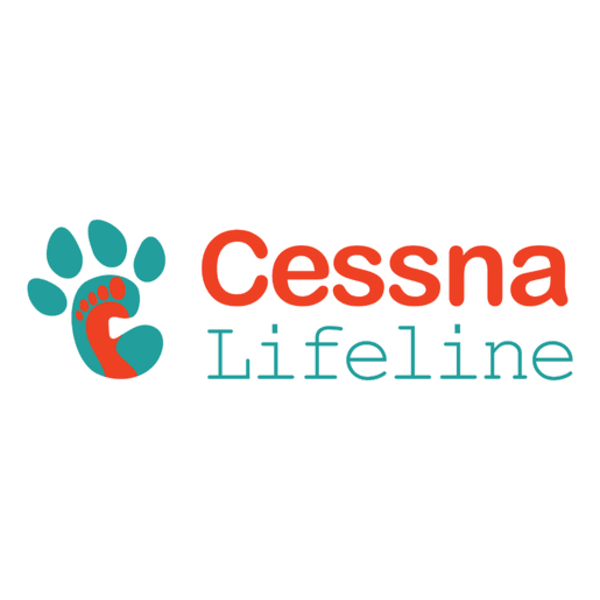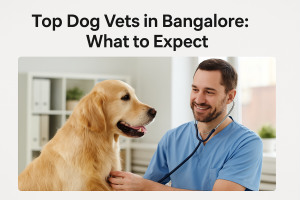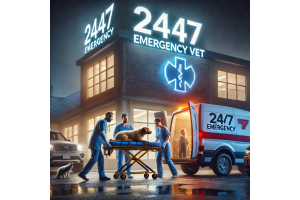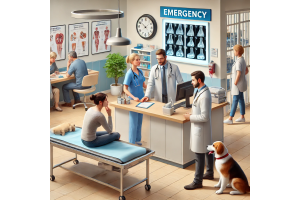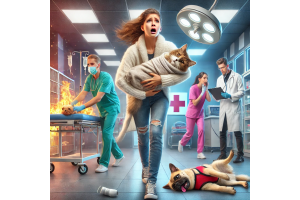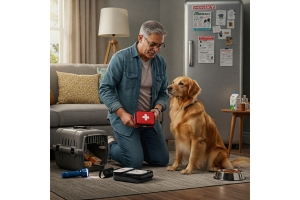Back to Top
Understanding the health risks of Obesity in Pets

Obesity is a difficult condition to treat and requires awareness and commitment from both you and your veterinarian. Causes to consider:
- Excess caloric intake
- Inappropriate feeding practices
- Inadequate feeding guidelines
- Free feeding (keeping the bowl full at all times)
- Excessive use of snacks, treats and human foods
- Reduced activity level
- Genetic predisposition
- Spay/neuter
Risk Factors for Obesity in Dogs and Cats
- Genetics
- Dogs - Specific breeds are more likely to become overweight. These include but are not limited to Shetland Sheepdogs, Golden Retrievers, Dachshunds, Cocker Spaniels, Labrador Retrievers, Dalmatians, Rottweilers, and Mixed Breeds.
- Cats -Mixed breed (DSH, DLH, DMH) and Manx cats were found more likely to be obese than most purebred cats.
- Gender/neuter status-
- Dogs - Neutered female dogs are about twice as likely to be overweight than are intact female dogs. Similar trends have been seen in castrated male dogs.
- Cats - Male cats are predisposed to being overweight. Neutering further increases the risk of obesity by decreasing the metabolic rate by at least 25%. Removal of estrogens may also increase food consumption independent of the decreased metabolic rate. This may also be accompanied by an increased appetite following surgery.
- Age- Risk increases with increasing age in both dogs and cats
- Activity- Reduced activity increases risk for weight gain in both dogs and cats.
- Food and feeding- Highly palatable foods, free choice feeding and excessive treats. In particular, feeding high fat foods is associated with obesity.
- Other associations – In cats, other factors such as apartment dwelling, presumably due to decreased exercise opportunities - this is "softer" data, but seems to be a commonly observed association.
Health Risks of Obesity
Studies investigating overweight dogs and cats have identified many of the same health problems observed in humans. In cats, T2DM, neoplasia, dental disease, dermatologic diseases, and lower urinary tract problems have been associated with obesity.
Studies investigating overweight dogs and cats have identified many of the same health problems observed in humans. In cats, T2DM, neoplasia, dental disease, dermatologic diseases, and lower urinary tract problems have been associated with obesity.
In dogs, overweight or obesity has been linked with diabetes, pancreatitis, cruciate ligament rupture, hypothyroidism, hyperadrenocorticism, lower urinary tract disease, oral disease, neoplasia dyslipidemia, osteoarthritis, hypertension, altered kidney function.
In addition, although harder to measure, obesity exacerbates existing musculoskeletal problems, respiratory distress from upper airway obstruction, and pregnancy complications, and is associated with delayed wound healing, increased anesthetic/surgical risk, and probably reduced life expectancy.
Prevention:
Weight gain in pets is often a result of overfeeding and lack of exercise. To keep your pet at a healthy weight, be sure to provide a healthy balance between food intake and physical activity. For example, give your dog or cat two to three meals a day instead of providing food at all times, and make sure to include at least one daily walk or some playtime.
Maintaining a healthy weight for dogs and cats also depends on the type of food they eat on a daily basis. Owners should choose an appropriate pet food according to the animal’s age, weight, and activity level.
Generally, younger dogs and cats need to consume more calories per pound of body weight than older dogs and cats. Animals with active lifestyles and pregnant or nursing females require more protein, minerals, and calories in their diet.
In addition to diet and exercise, pet owners can regularly monitor their pet’s weight by routinely weighing them around the same time of the day. This can be effective in catching your pet’s weight increase before it becomes a more serious problem.
Though it may be tempting to spoil your pet with table scraps and extra servings of food, consider thinking twice about the consequences your pet may face as a result. To provide your pet with a healthy and happy life, consult your veterinarian in keeping a balanced lifestyle and choosing the right food for your pet’s needs.
